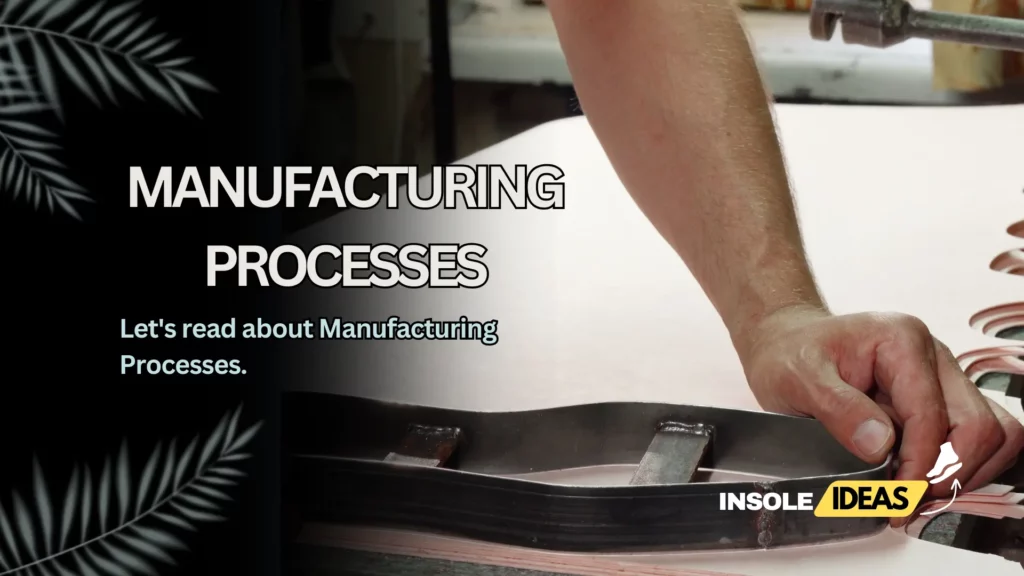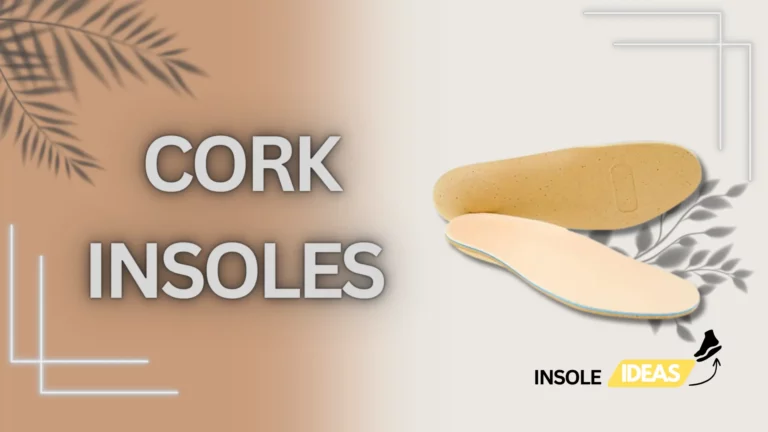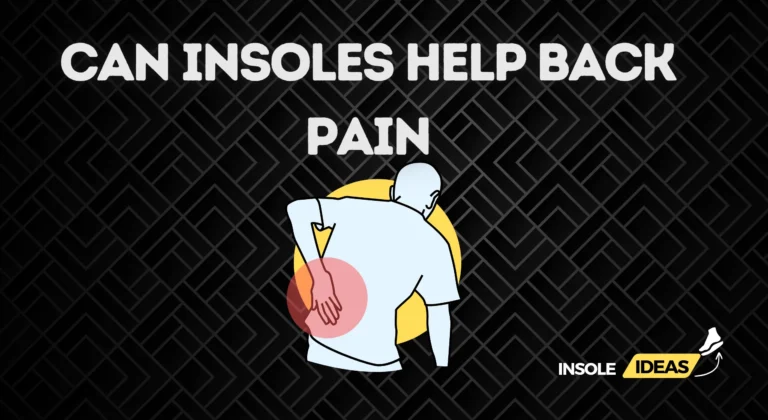Composition of an Insole Board
Materials Used
Insole boards are made from woven fabric, various binding agents, and on occasion some reinforcements.
Types of Fabrics
Polyester, cotton, nylon among many others are the frequently used common fabrics in the manufacturing process of insole boards. Each type of fabric has specific properties such as being flexible, moisture wicking or extra strength.
Binding Agents
These include latex or thermoplastic materials which are responsible for sticking the fabrics together making them more durable and strong.
Reinforcements
For instance fiberglass inserts would be helpful to get a certain rigidity and support in some kinds of insole board designs.
Manufacturing Process
Cutting and Shaping
During manufacturing, materials selected for this purpose should undergo precise cutting right on shoe patterns. To ensure uniformity when it comes to shape accuracy through die cut techniques or automated cutting machines is applied.
Bonding and Lamination
Layers of fabric are bonded together by use of adhesives while other methods involve heat activated types. It helps that through this integration there can be one toughened piece rather than many individual pieces put together for an insole board. Also lamination can be done in order to improve resistance to moisture as well as the ability to last long.
Molding Techniques
Sometimes molds forms could be used to make contoured or shaped insoles especially for bespoke or orthopedic footwear applications. They can take up compression molding process or heat molding technique to have these specific designs.

Types of Insole Boards
Based on Material
Fiberboard
These kinds of fiberboards are usually made from compressed fibers which offer moderate flexibility and strength meaning they are highly preferred when casual wear shoes demand structural support.
Cellulose Board
Cellulose boards can absorb humidity effectively while still keeping their shape.
Combination Boards
Often combination boards combine different elements balancing between maintaining a certain amount of stiffness and elasticity as well as high moisture resistance standards inherent to diverse shoe requirements.
Functional-based
Supportive Insoles
These insoles cater for shoes with a lot of impact or people who need arch support.
Cushioned Insoles
These are the insole boards that have some extra padding materials to add more comfort to them making them ideal for everyday use or even working boots which will be worn for long hours while standing.
Insole Board Applications
Foot Wear Industry
Shoes
In various forms, shoes make use of insole boards. They provide the structure and support required for comfortable movement in all types of footwear.
Boots
Mostly boots require much stronger insole boards capable of being exposed to harder conditions hence offering additional stability and support needed at work places or during outdoor activities.
Sports Footwear
For sports shoes, different kinds of insole boards are made based on specific sports needs so as to provide targeted support and cushioning during play time. They reduce injuries from highly intensive activities as well as enhancing performance.
Medical Uses
Orthopedic Footwear
Moreover there is also another field where these products serve a great function particularly when it comes orthopaedic designs which mitigate multiple foot deformities correcting gait anomaly giving and providing arch supports thus relieving certain foot pain conditions.
Custom Insoles
Specialized insoles made through customizing unique shapes or health concerns offer personalized supports that meet individual demands.
Advantages of Insole Boards
Structural Support
This makes them very rigid enabling proper distribution of weight across the feet reducing fatigue risks on your feet.
Moisture Resistance
Some insole board materials are made to wick away moisture, thereby keeping the foot dry and comfortable by absorbing and diffusing sweat.
More Comfortable
Insoles provide comfort by supporting and cushioning, thus reducing instances of foot pain or any other discomfort that may arise especially when they are being used for long periods.
Difficulties and limitations
Concerns about durability
Overexposure to moisture or continuous stress could reduce the lifespan or functionality of an insole board resulting into damaged or ineffective boards.
Weight and Thickness Constraints
It is difficult to balance between structural support requirements and weight and thickness because a thicker or heavier material may make the shoe less comfortable overall.
Environmental Impact
Unresponsibly sourcing these materials for manufacturing insole boards poses environmental challenges that make their sustainability questionable.
Future directions of innovations
New Material Developments
This ongoing research is focused on environmentally friendly materials as well as fabric blends that are innovative enough to create more sustainable performance based insole boards.
Sustainable Practices
The footwear industry is exploring more sustainable ways of making shoes that will be eco-friendly throughout their life cycle including production processes aimed at minimizing waste which have implications on environment therefore minimizing its impact on the environment through reduction of wastes produced during manufacturing process thereby lowering ecological footprint associated with insole board production.
Technological Advancement in Manufacturing Techniques
The development of 3D printing for instance has potential to transform many aspects of the production process such as customization, efficiency, cost effectiveness among others. These advancements have created opportunities for customization making it possible even for individuals who cannot find good fitting shoes on shelves because they can now print them out at home using this technology while enhancing efficiency. The use of advanced lamination techniques is another method which is expected to introduce major changes into insole board industry since apart from reducing costs involved into this process, it also enhances productivity by increasing output rates while saving time spent per unit manufactured thus improving overall competitiveness levels within this sector.
Conclusion
Thus insole boards are indispensable in the footwear industry as they significantly contribute to comfort, support and durability. With such developments, these essential parts will transform keeping up with diverse customer needs and at the same time reducing their ecological footprints.




